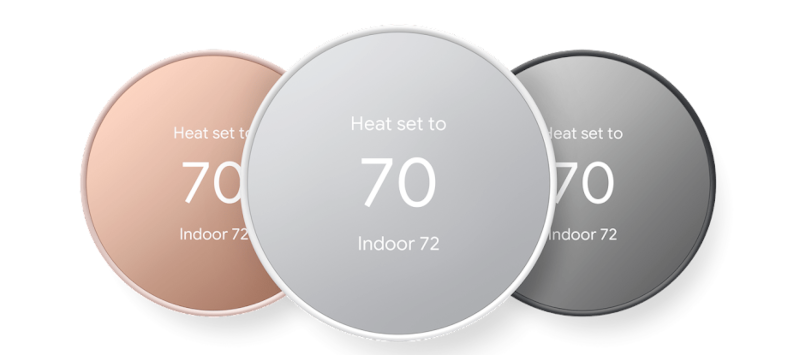It is always controversial to have home assistants like the ones from Google or Amazon. There are privacy concerns, of course. Plus they maddeningly don’t always do what you intend for them to do. However, if you do have one, you’ve probably thought about something you wanted to do that would require programming. Sure, you can usually do a simple list, but really writing code wasn’t on the menu. But now, Google Home will allow you to write code. Well, at least script using a YAML file.
The script language is available in the web app and if you opt in on the mobile app as well. There’s a variety of ways you can trigger scripts and many examples you can start with.
There are plenty of disclaimers:
Important: All household members can see when these Routines run. Routines are for convenience only, not safety- or security-critical use cases. Do not create Routines that could result in injury or harm if they fail to start or stop. Routines can depend on working internet, Wi-Fi, and service availability from both Google and the third parties who manufacture the devices included in Routines. Routines may not always work, and Google is not responsible for any harm or losses incurred as a result of any failed Routines.
You can tell the lawyers have been busy.
We can only wonder if this is a response to pressure from homebrew home automation systems? Either way, it is welcome to have more choices to have control over your home devices.
Of course, if you are like us, you’d probably prefer to roll your own. It has certainly never been easier.

















Despite over 200 years of indoor plumbing I still find it fascinating how toilet will clog when someone uses it to dispose women hygene products. If anything we as a mankind could spend our energy on designing some kind of radar to detect blockages instead of creating yet another incarnation of consumer covert listening devices.
THIS time X10 will take off, we promise!
Wait so how what would the radar do? Would it be a tool that would just detect a blockage and tell a human operator “hey there’s a blockage!” or like be permanently attached to the pipe and continuously monitor whether or not there is a blockage?
your comment made me realize that a garbage disposal in a toilet would work wonders
They exist. They are called ‘Macerators’ and combine a waste disposal unit and a pump to mush up the waste and pump it down small-bore pipes to the main sewage system. Typically used in places where the toilet is lower than the sewer, or it’s uneconomical or impractical to plumb in a larger bore waste pipe.
Where the shit is supposed to hit the fan!
FYI: in Poland word “jaruzel” is a slang name for prison toilet.
on the bright side, the art of doing — oh, to abuse a metaphor — laparoscopic surgery on sewer pipes is really taking off. of course you can hire a guy to run a drill on a hose down your pipes, but that same guy now has a camera on a hose. and now if you go to a specialty company, they’ve got a robot on a hose, and somehow they can even install a pipe on the inside of your existing pipe…some sort of resin curing process that happens on the walls of the pipe. i don’t really know how it works but sometimes i can tell it’s happening in my neighborhood because whenever it does, there’s always a couple neighbors whining because they have a dry trap somewhere in their house and all the glue/polymer fumes (VOC) escape from the sewer system into their house.
and horizontal drilling! wow! i saw it for the first time about 18 years ago but now it’s constant.
LOL
How long until Google gets bored with this and pulls the plug on it?
Five… four… three… two…
Now if only they’d let me delete their automations from my dashboard, then it might feel like I control it. Well, that’s the status quo with these things.
Yet Another Markup Language?
Looks just like that one wot they use in Home Assistant.
Yesss I was in a Google User Research study about 9 or so months ago and was wondering if they were ever gonna release this! I may have had something to do with them using YAML, I mentioned my Home Assistant setup about 100 times during the video call.